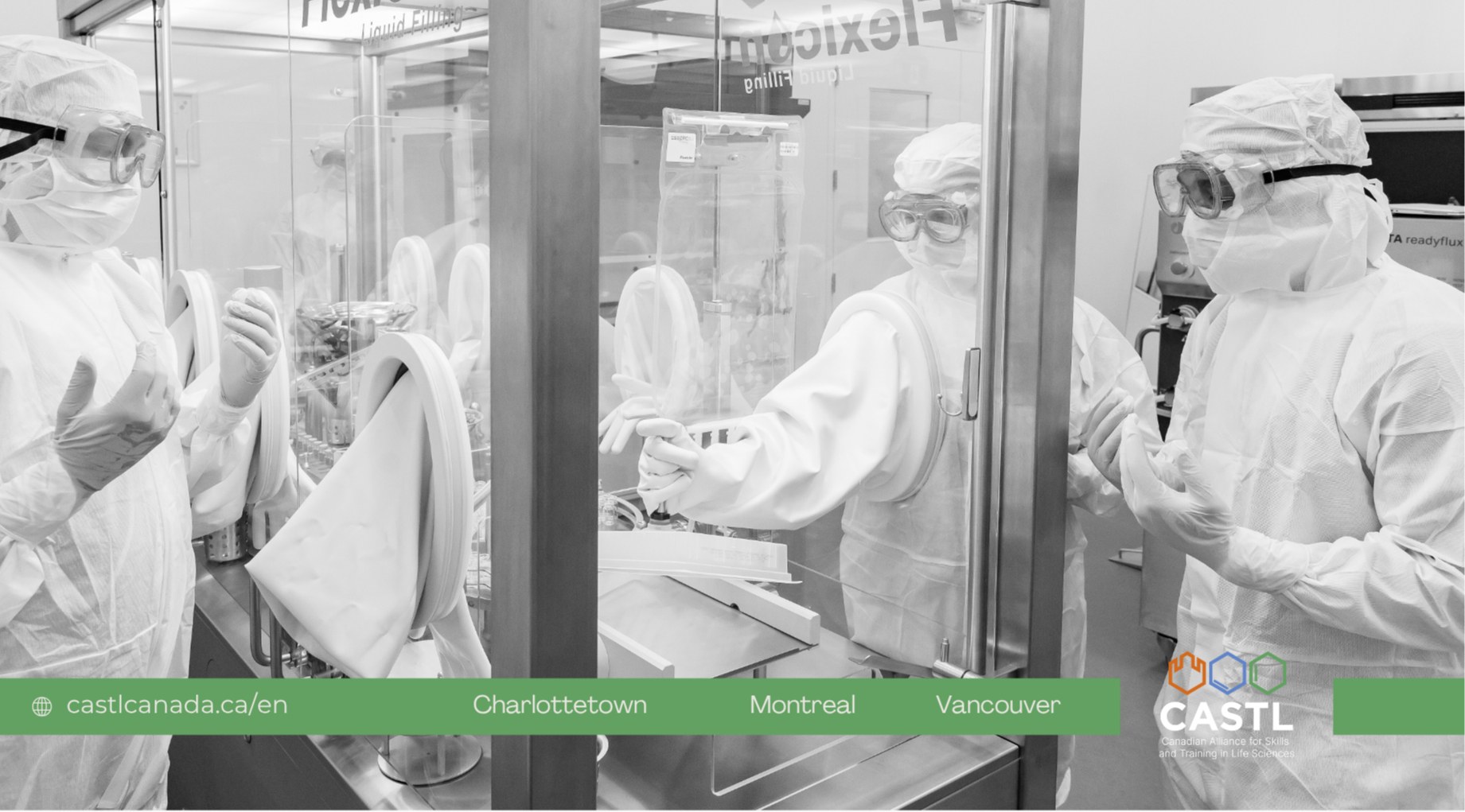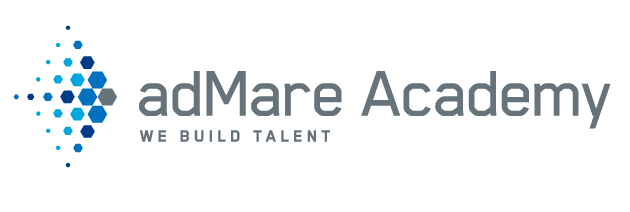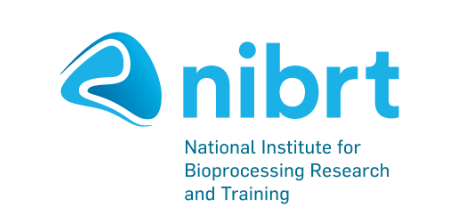
We’ve all been there — something’s not working on the floor, a team’s falling behind, and the question comes up: “What training do they need?”
It’s a fair question. Training feels like action — a way to show we’re fixing the problem. But action isn’t always progress. Training helps only when it’s aimed at the right problem.
Real competence starts with understanding where the gaps are — then using focused, purposeful training to close them. Quick fixes have their place, but lasting capability comes from a proactive approach: predicting needs instead of reacting to them.
Getting the Foundations Right
Too often, learning programs are built on best guesses. Work evolves, roles shift, and technology changes faster than job descriptions do. Before long, no one’s quite sure what “good” looks like anymore.
That’s when training turns into guesswork — content without a clear purpose.
The fix starts with clarity. Defining what competence means for each role gives you a baseline to build from — a way to see which skills matter most, where the real gaps are, and where your strengths already lie.
That kind of foundation connects learning and technical know-how, so every program feels both practical and precise. Once you understand your skills landscape, training becomes sharper, more relevant, and built around real operational needs.
When technical insight and learning design work in sync, training stops being reactive — and becomes a genuine driver of capability.
From Reactive to Strategic
Many organizations still treat training like a fire extinguisher — something to grab when things go wrong. A deviation occurs, a CAPA is issued, or an audit finding surfaces — and the reflex is: “retrain the team.”
It’s understandable. Training is visible. It shows accountability. But it rarely fixes the root cause. More often, those issues point to a deeper capability gap — unclear expectations, inconsistent processes, or missing skills that were never clearly defined.
That’s where collaboration changes everything. When learning and technical teams work together, they can spot the patterns hidden beneath the noise — multiple deviations tied to the same skill gap, procedures that evolved faster than the training did. Mapping those insights side by side makes it possible to build capability before problems arise. That’s how organizations move from reactive to proactive.
Training stops being a corrective action and becomes part of a system that continually strengthens performance, quality, and safety.
Training That Means Something
Once the groundwork is set, training becomes sharper and more meaningful. Every session has a clear purpose because it’s tied to an identified gap, not just the latest issue.
That shift changes how people experience learning. Instead of being sent to training, they see how it connects directly to their work. It builds confidence, clarity, and ownership — three things that drive stronger performance long after the course ends.
For leaders, it means training spend finally tells a story: growth you can measure, outcomes you can see, and a clear line from learning to performance.
That’s the difference between training for compliance and training for competence.
Investing in Partnerships That Build Capability
Sometimes a quick fix is exactly what’s needed — nothing runs perfectly, especially in an industry that moves as fast as biomanufacturing. But lasting capability comes from moving beyond constant reactivity toward a more proactive, strategic approach to training — one that strengthens people and systems, not just patches problems.
At CASTL, we build those capabilities through partnership.
Our team works alongside HR, operations, and technical experts to refine frameworks, map skills, and keep training aligned with how work actually evolves. The goal isn’t just to deliver programs — it’s to embed learning into the rhythm of the business.
When learning and technical insight come together, every team — from leadership to the floor — plays a role in building capability. Our technical specialists turn real-world challenges into learning that’s practical, precise, and built for impact.
Competence isn’t built overnight — but with the right partnership, it lasts.
If you’re ready to move beyond quick fixes and make training more strategic, we’d be glad to explore what that could look like for your team.




.svg)
.svg)
(1).svg)

